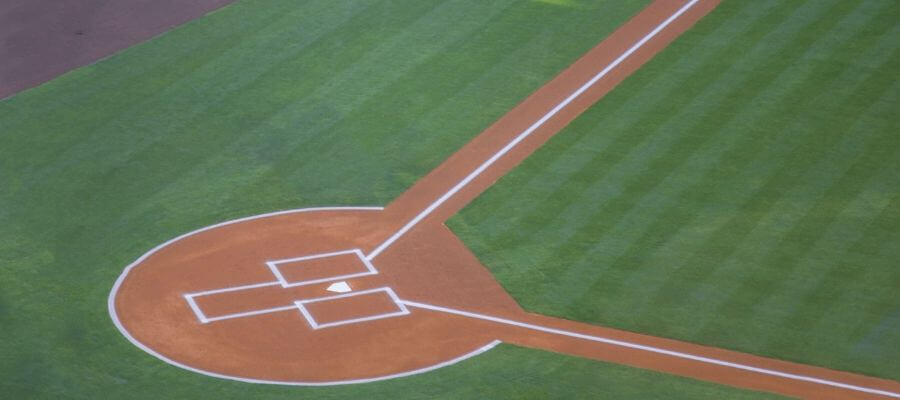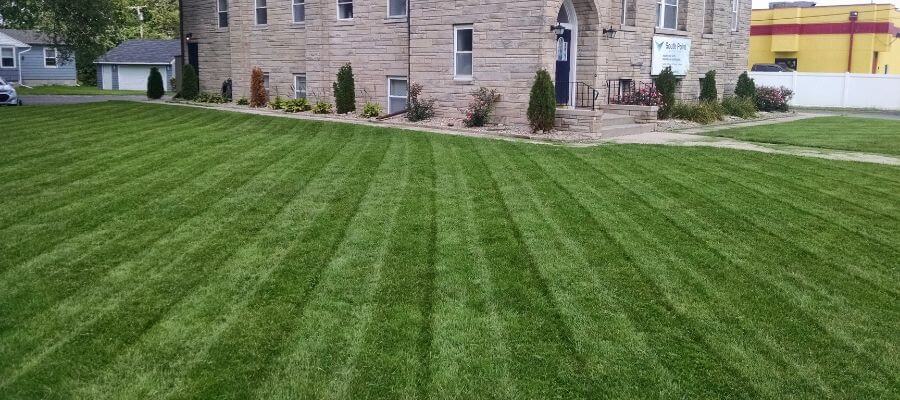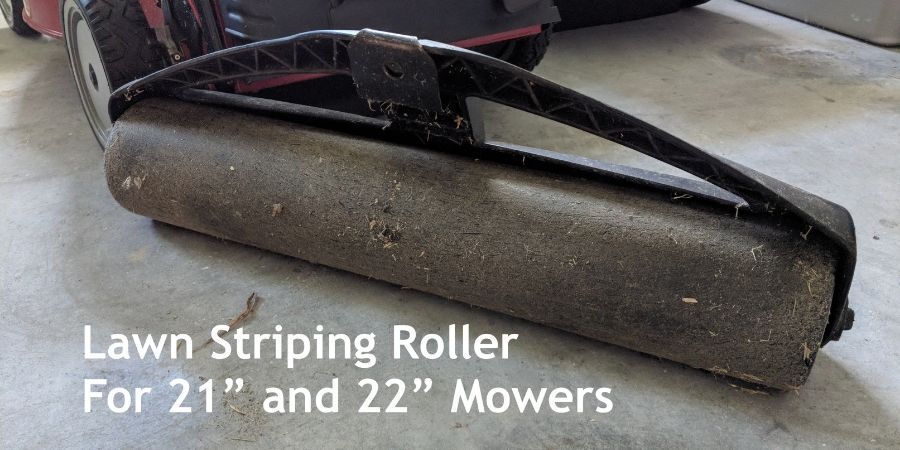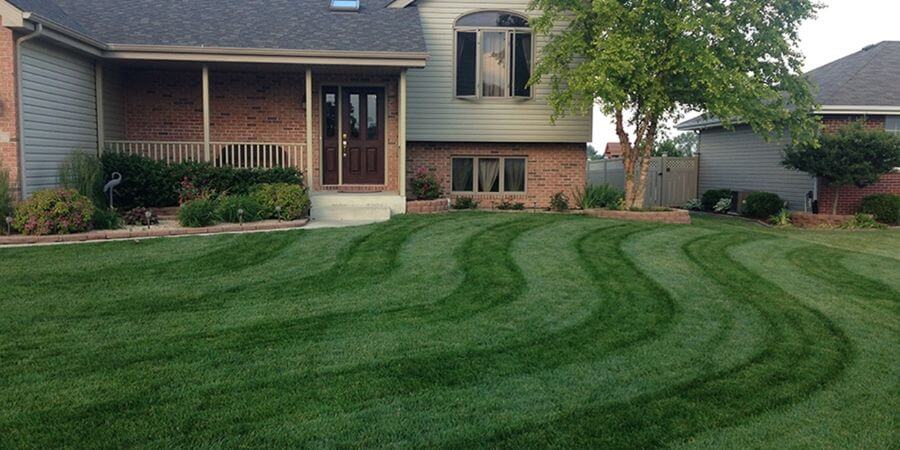How to Mow Stripes in the Lawn
- "The Lawn Care Nut"July 6, 2019
The first time I noticed stripes in a lawn was as a kid watching the Chicago Cubs play baseball on WGN TV. I’m talking about the 1980s here; the Harry Caray singing “Take Me Out To the Ball Game” 7th Inning Stretch days. In SW Florida where I grew up, we didn’t have a professional baseball team, but on basic cable, you could get WGN (it was called a “Super Station”) and they carried all the Cubs games which back then, were all days games.

Baseball history aside, the Cubs were not too good back then but the field was what I cared about most anyway! I loved seeing the stripes in the outfield and always wondered how they did that! I never had seen grass that looked like that. Was it paint? Was it some special lighting? A special mower? I didn’t know until years later when I bought my first house and wanted to learn, and now I’m going to share the secret with you!
Mowing Stripes in Grass
“Laying down” the stripes is your first goal and that is done quite easily. You see, the stripes are really just the grass reflecting the sunlight at different angles. When you look at your lawn, what you are seeing is the sun reflected off the grass that is either slightly angled away from you, or slightly angled towards you. Grass angled away from you appears lighter, and grass blades leaning towards you appear darker.
So in order to get stripes in your lawn, you need something that, as you mow is going to slightly “press” the blades down so they lean all in the same direction as you mow. It doesn’t take much actually, and it will take a few days for the grass to completely stand back up. (depending on grass type). So your stripes should last for at least a week if you are mowing tall.

Above: Crown Point, IN Church Lawn Project - This is an "old school" lawn stripes nicely even with weeds in it.
Some people make their own “lawn striper” as I did in this video, while others purchase actual lawn rollers or stripers that are meant to attach to any mower safely. The key is that you have something dragging or pulling behind the mower that will lay the grass down as you cut it. Keep in mind, safety first! When in doubt, call your lawn mower manufacturer and see if they offer a “striping attachment” for your particular mower.
That’s it, step one is to get some device or apparatus to press the grass down as you mow.

Pointing the Stripes and Sun Position
Next, mow your lawn. But before you do that, where is the sun located and what is the best view for your stripes? You see, the other secret here is that in order to see the stripes, the sun (or light source) has to be mostly behind you. If the sun is directly in front of you, the stripes will be washed out but when it’s behind you, they will “come to light” vividly.
So before you go and mow, think about the best angle at which to mow so the stripes are most visible when the sun is behind you. In other words, “How do you point the stripes so everyone can see them?”
In this video, I show you how to use a property map to determine the angle of the sun and where best to point your stripes. Personally, I like to be able to see them as I drive up into my driveway after work. Depending on how your yard is shaped, and what direction your house faces, you may have other optimum stripe positions that you can enjoy.
What Grass Types Stripe Best?
Cool-season lawns are the ones that take and hold the best stripes. In fact, the taller you mow, the better your stripes will show. So if you have Kentucky bluegrass, perennial ryegrass or turf-type tall fescue, you are in prime time striping territory and even a lawn with weeds in it can stripe up nicely. The key is to mow tall and optimize the angle of the sun.

Above: Turf Type Tall Fescue cut at 4" shows "double fat" stripes.
Taller cut bermudagrass, centipede and zoysia are fairly decent at taking and showing stripes and even St Augustine grass can be striped, but you will not see the stripes holding for as long as they do with our cool season friends.
As you get better and better at the stripes, you should experiment with cutting different patterns like waves or diamonds on a double cut. The sky is the limit (literally) when it comes to what you can do with your lawn striping strategy.
One last little tip: Ever notice that when you watch a night baseball game that you can see the stripes from all angles? Check it out next time you watch a game on TV. No matter what camera is on, you can see the stripes. That is because the field is lit equally as bright from ALL angles and therefore no matter what direction the stripes are laid, they will be seen.
If you want to truly dominate with stripes, perhaps you install baseball field lights around your house too! Happy lawn striping, I’ll see you in the lawn!

